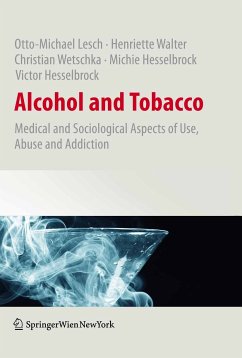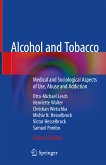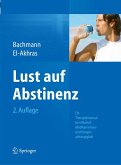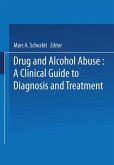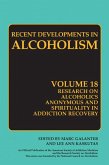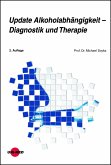In this book, new therapeutic approaches are comprehensively described, outlining the different interactions between personality, environment and the effects of the substance.
In addition to prevention-based therapies and diagnosis, essential psychological and sociological strategies, as well as medication-based therapies, are also presented in detail. All of these therapies have realistic aims and are of global validity. In addition, the book provides a broad overview of the American and European epidemiology of alcohol and nicotine addictions. The book is written for all those who care for and offer professional therapy for alcohol and nicotine-addicted patients.
Dieser Download kann aus rechtlichen Gründen nur mit Rechnungsadresse in A, B, BG, CY, CZ, D, DK, EW, E, FIN, F, GR, HR, H, IRL, I, LT, L, LR, M, NL, PL, P, R, S, SLO, SK ausgeliefert werden.
"This is an updated English-language version of a well-established comprehensive German book on alcohol and nicotine addiction. ... The book is written for all professionals, clinicians, researchers, and students involved in or interested in the care and treatment of alcohol and nicotine addicted patients. ... This is a comprehensive account of the different interactions among personality, environment, and effects of the substance and biology on addiction. ... an excellent reference and a must read for individuals in this field." (Michael Easton, Doody's Review Service, May, 2011)

